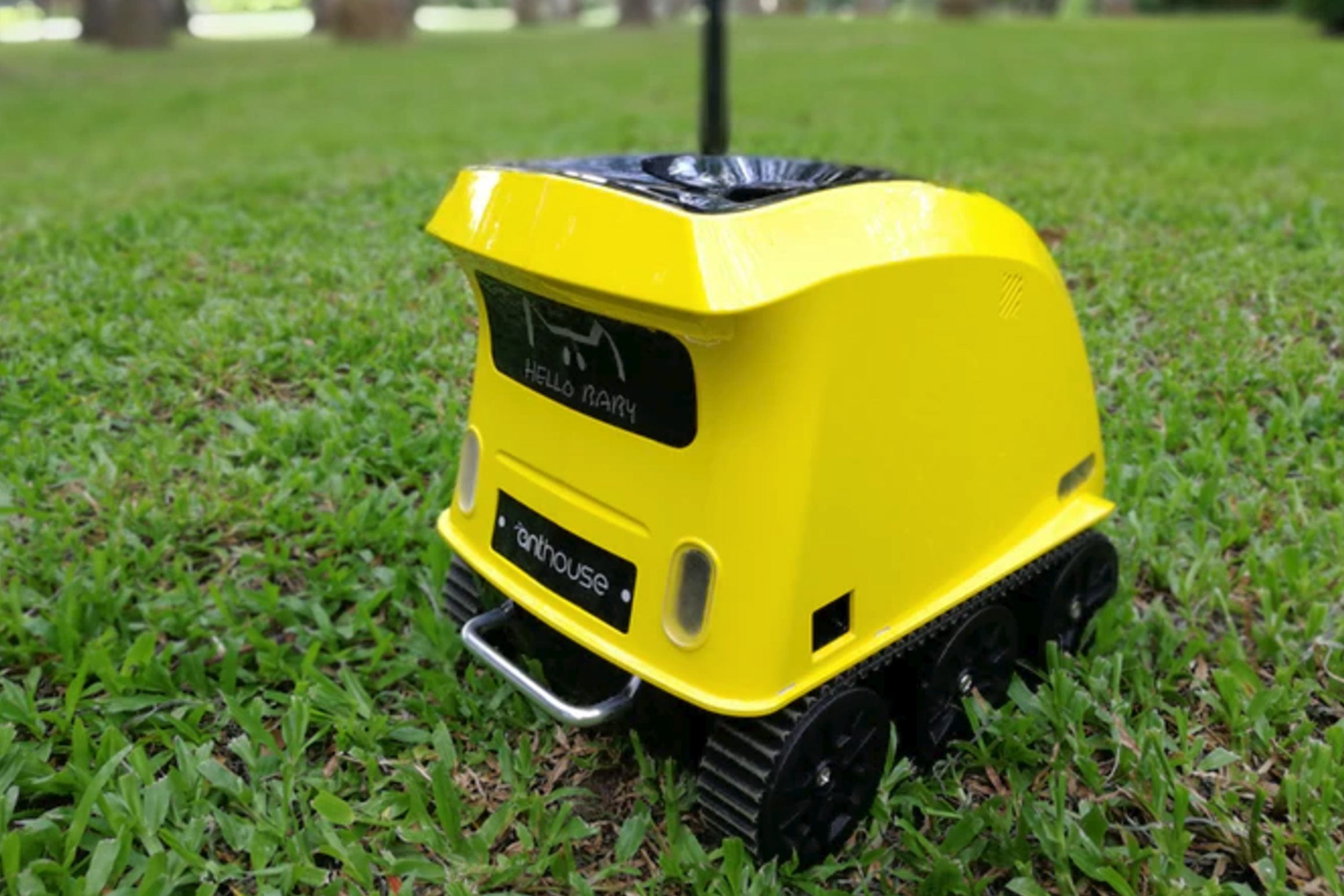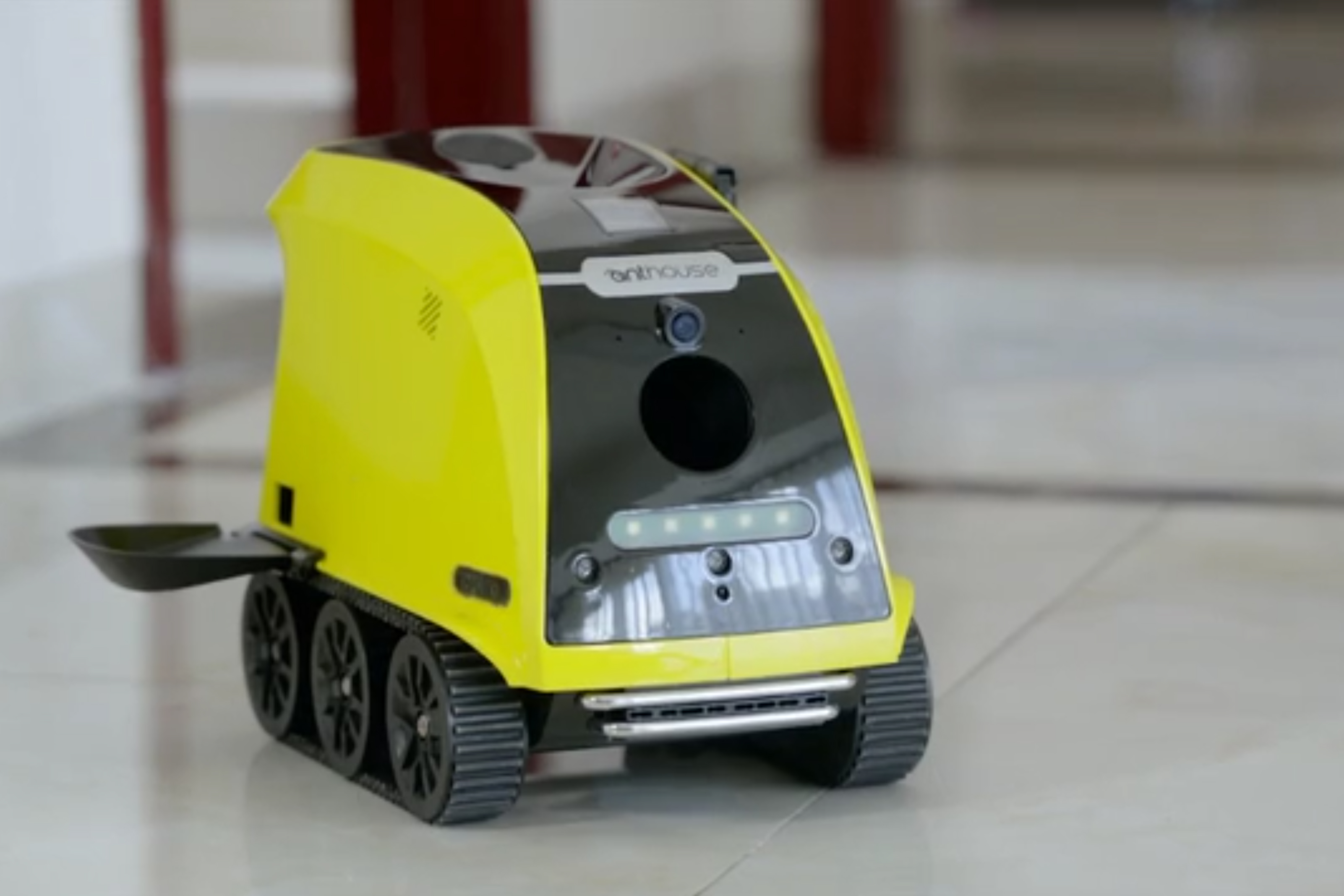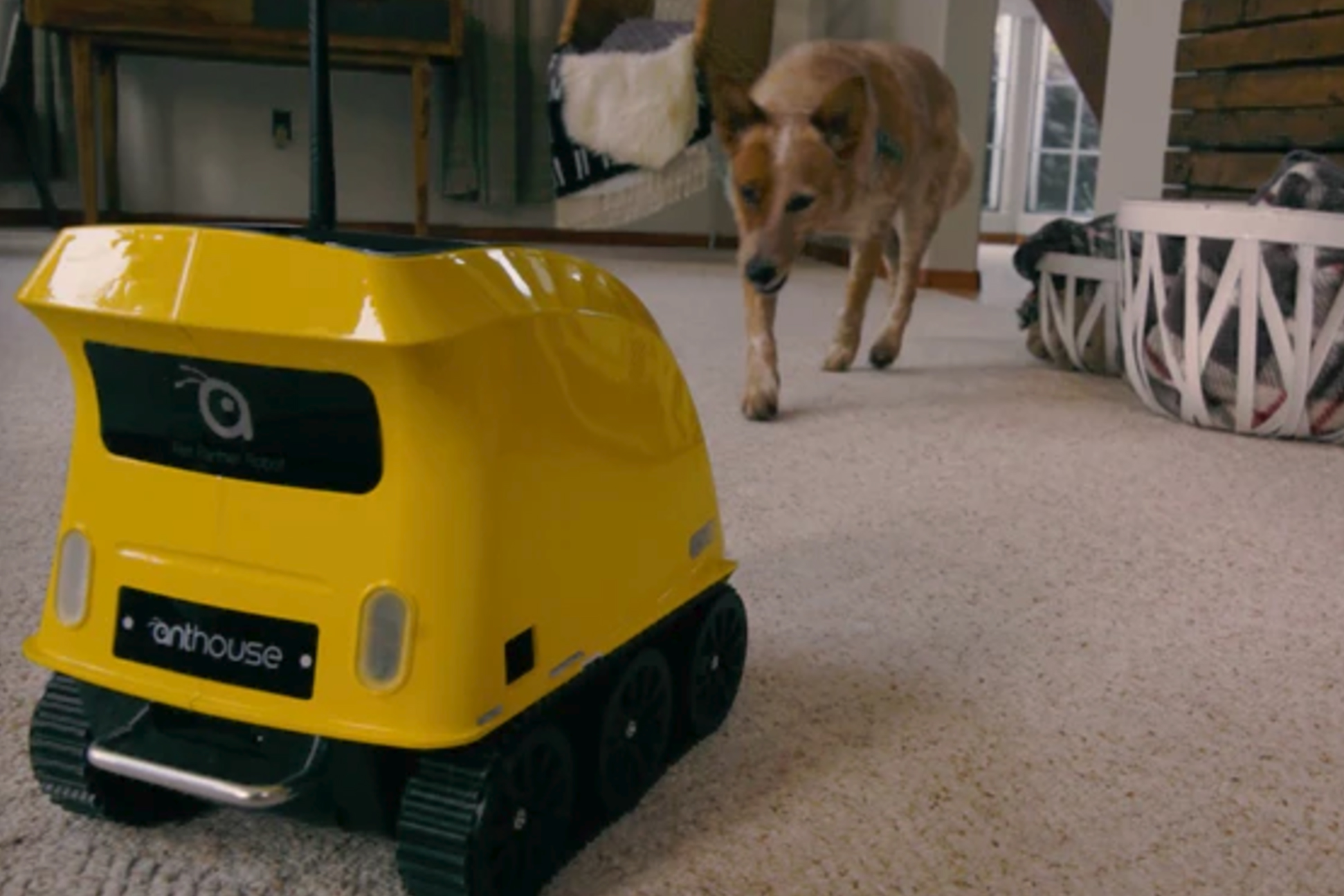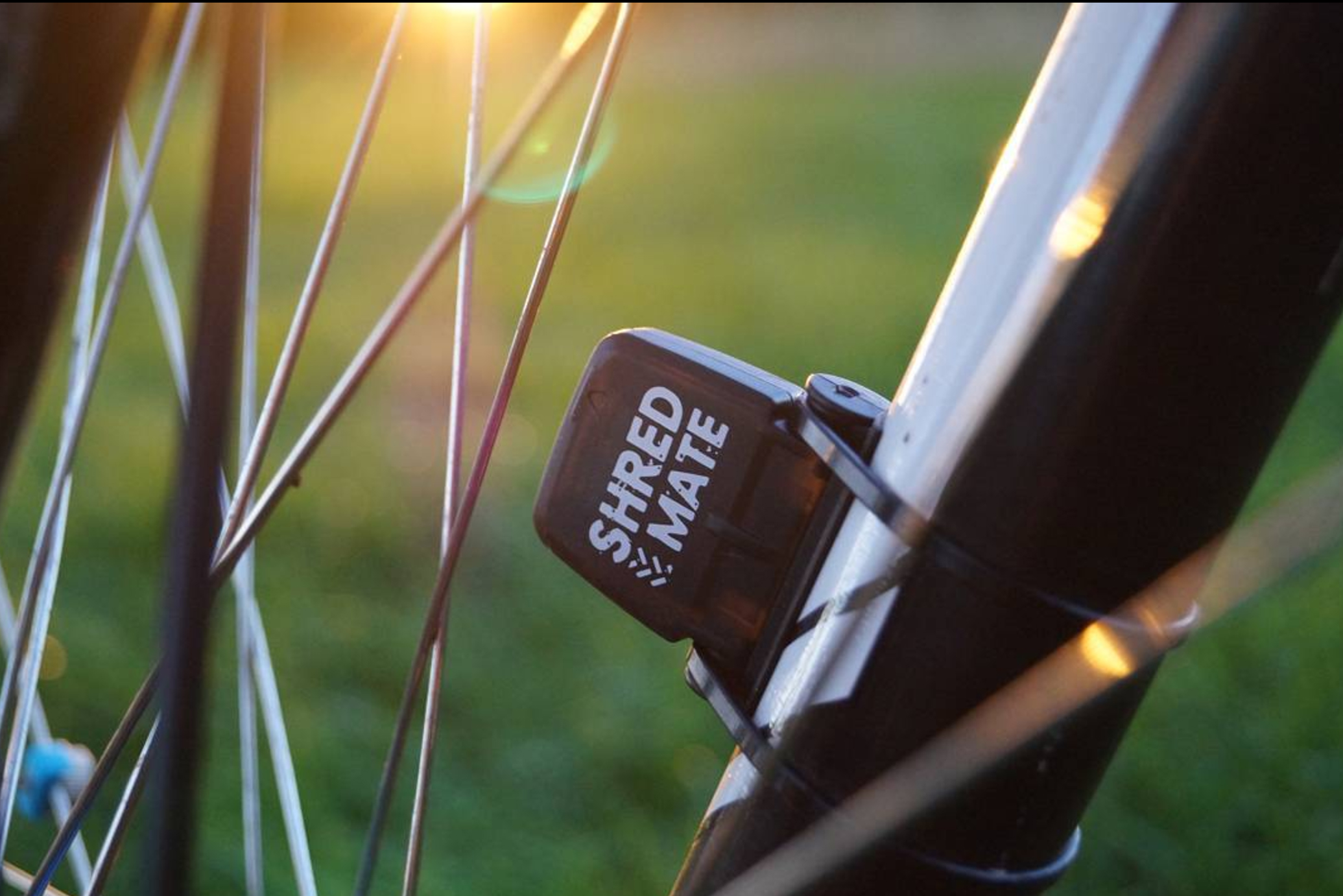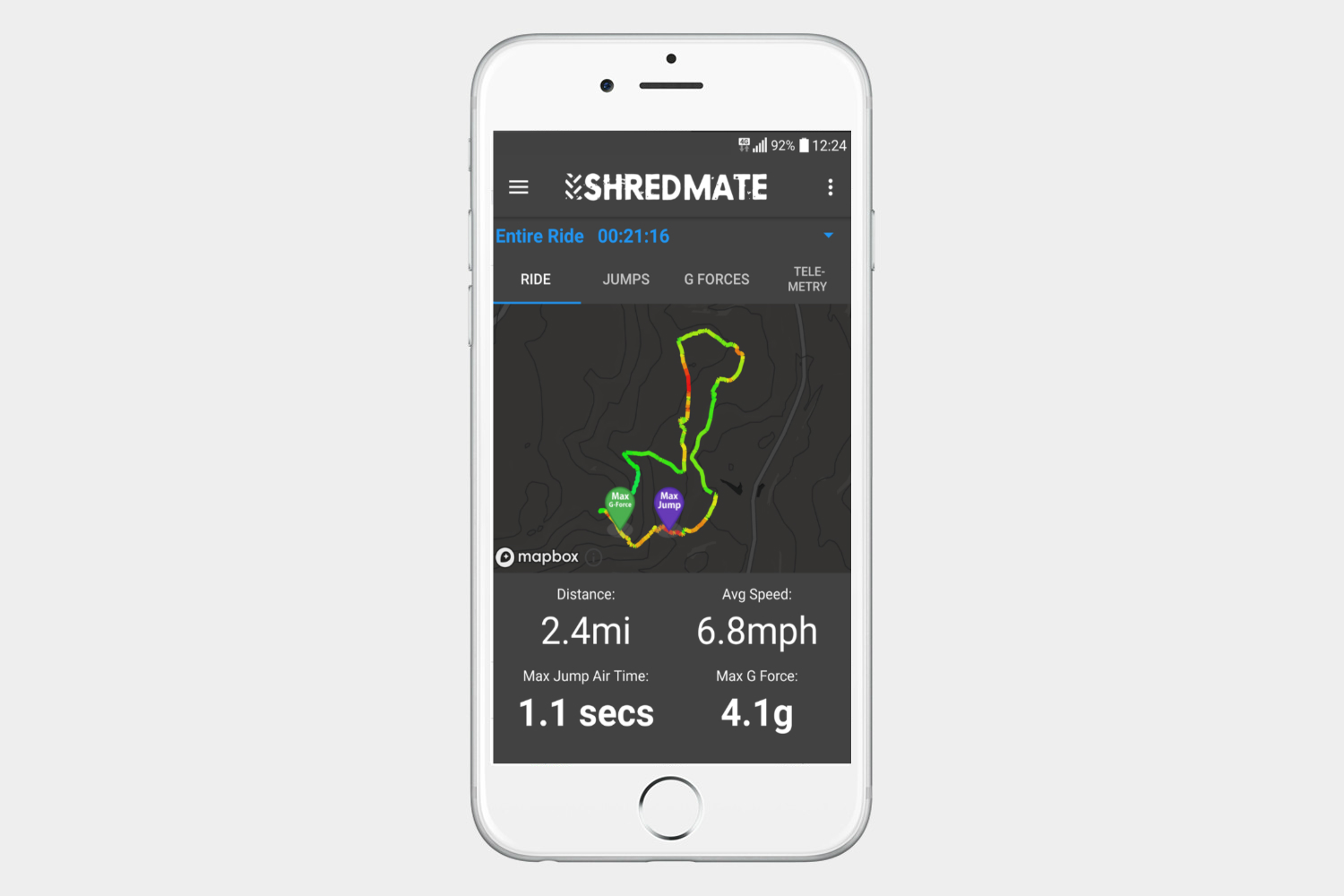
Anthouse Pet Companion Robot
While the Baby Boomers may have been the result of just that, an entire generation of Americans are now opting out of this allegedly rewarding parenting process and choosing to rear pets instead. Many of these individuals spare no expense when it comes to their beloved four-legged friends. In fact, pet spending has increased every year since 1994 (yes, even during the Great Recession) and in 2016 alone, nearly $63 billion was spent on faithful companions.
That said, any gadget or gizmo that could amuse ol’ Rover — even fleetingly — is worth every penny, and the Anthouse Pet Companion Robot may be the next big thing. Once connected to a smartphone, you have full control over this Robo-petsitter, allowing you to do everything from managing the top speed of the unit to vicariously dispensing treats via the onboard cupboard.
You can also take full advantage of the video monitoring component and snap photos of your pet at will, making it easier than ever to inundate your friends, family, and complete strangers with photos they never asked for. A built-in speaker allows you to whisper sweet nothings to your pet no matter the vast distances separating the two of you. The Anthouse also incorporates a mini-tennis ball launcher, so your dog can play fetch while you’re on the go. And to think, not so long ago, these were once wolves.
Read more here
ShredMate
While there are plenty of wearables on the market to track your fitness metrics while running and even swimming, much of this valuable data goes unmeasured while mountain biking. Thanks to the ShredMate, though, these dark days of unverifiable biking metrics are no more.
The ShredMate sensor straps onto your bike and connects to your smartphone via Bluetooth to measure everything from speed and hang-time during epic jumps to peak G-forces experienced while cornering and landing. The paired smartphone app allows you to visualize the map of a trail and even color codes this route to illustrate how fast or slow you should travel during certain legs.
The ShredMate also incorporates a layer of gamification, so individuals can earn badges as they break previous bests on the trail. As the age old thought experiment goes: If one nails that perfect knee-buckling landing over a 15-foot gap and there’s no available app metric to prove it, did it happen?
If you’re in the market for a new bike, we recently curated a list of the best mountainbikes, as well as a few worthy budget options to chew up the trailhead.
Read more here
Travelmate: A Fully Autonomous Suitcase and Robot

With lengthy lines and extensive security protocols, modern air travel is more of a relatable meme than luxury at this point. That said, anything that can help lighten this burden is certainly welcome and the Travelmate Autonomous Suitcase does just that.
The autonomous Travelmate connects to your smartphone and functions either horizontally or vertically to more aptly maneuver even the busiest of airports. And with a top speed of nearly 7 miles per hour, the companion bot should be able to keep up even if you need a little pep in your step in the terminal to catch that connecting flight.
The Travelmate uses machine learning to fine-tune its movements and the onboard battery can be recharged via a standard electrical outlet just about anywhere. The battery life is listed at four hours, and LED lights along the compartment edge change color to reflect the remaining juice for added peace of mind. A built-in scale displays the total unit weight, allowing you to avoid surplus weight charges at the gate.
Read more here
CrossHelmet Smart Motorcycle Helmet

Like virtually all other motorcycle helmets, the CrossHelmet’s corner visor slits sit well behind your temples to give you a natural front and peripheral field of view. But what sets this model apart from the rest of the pack is the rear-facing camera. This added set of optics is combined with a wide-view front-mounted screen to give riders a 360-driving experience.
This flip-down screen also displays other pertinent information like current weather conditions, a compass, and even step-by-step directions to help you reach your final destination safely and efficiently. This helmet also implements CrossSound Control to minimize or intensify environmental noise (such as road, engine, and wind noise) based on the rider’s preferences.
You can easily connect the CrossHelmet with your smartphone and play music, podcasts, and field phone calls via the internal speakers and microphone. For added visibility on night rides, integrated LEDs add a little illumination to keep riders out of harm’s way.
We’ve reviewed plenty of smart helmets for your daily commute and, unlike the CrossHelmet, you can buy all of these right now.
